Squash bugs are appearing in numbers now on leaves of squash and related plants such as pumpkins, melons, and cucumbers.
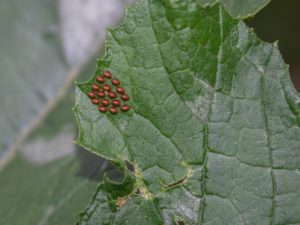
Nymphs hatch from eggs laid on the underside of leaves near the crown of the plant.
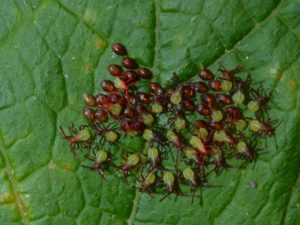
Nymphs are green and red, about 1/8” long and appear clustered in groups at first. As they develop into adults through five instars (stages) they disperse themselves on the plants.
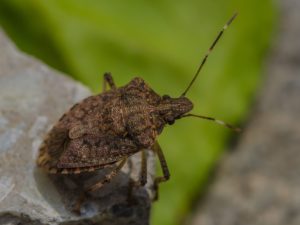
Adult Squash bugs are grayish brown, with short orange stripes around the edge of the hard exoskeleton. The adults emit a foul odor only when crushed, unlike their relative the stink bug, which will emit a foul odor when disturbed or crushed.
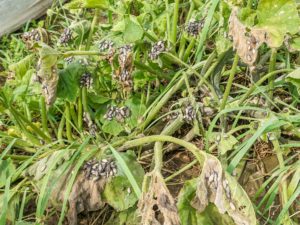
Nymphs and adults have sucking mouthparts and feed on leaves and fruit. They may heavily damage plants when infestation is extreme and attacked plants may wither and die.
Squash bug adults overwinter in debris such as leaves, wood piles, lumber, and rocks in and near the garden. The best method for control is sanitation. Remove old cucurbit plants after harvest and remove debris that they might overwinter under. Practice crop rotation to reduce populations.
Pick off adults and nymphs and drop them in a can of soapy water. Pick off and destroy eggs found on the undersides of the leaves near the base of the plant.
Place wooden boards or pieces of cardboard throughout the garden and check under them every morning. Destroy any squash bugs found. Use sticky tape or a hand vac to pick them up, or drop them into a can of soapy water.
Use a trellis for vining cucurbits to reduce infestations from the ground. Plant resistant varieties such as butternut, zucchini, spaghetti, and acorn squash.
Oils and soap sprays are most effective only on the smallest nymphs. They will be found under leaves near the base of the plant where it is difficult to direct the sprays. Neem and oil products should not be used at temperatures above 85°F.
Chemical insecticides are not very effective at killing adult squash bugs.
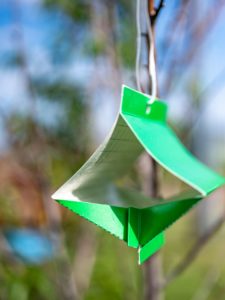
Pheromone traps specific for squash bugs may be helpful. They attract adults and trap them so they cannot get away.
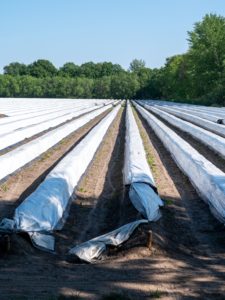
Row covers may also be used, but pollination will have to be done manually, as row covers will exclude the pollinators as well.





Leave A Comment